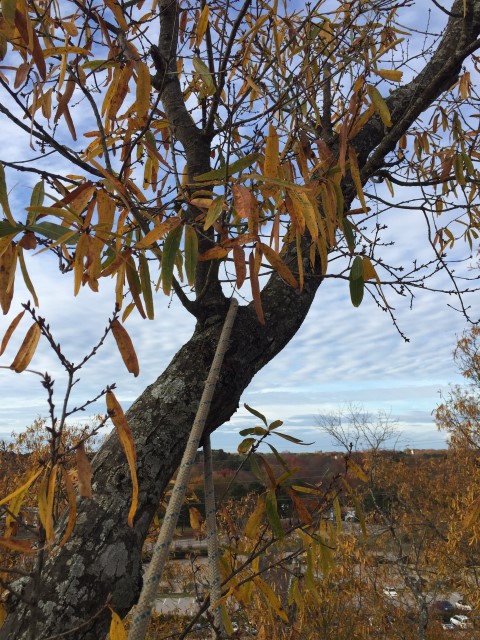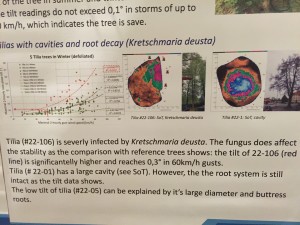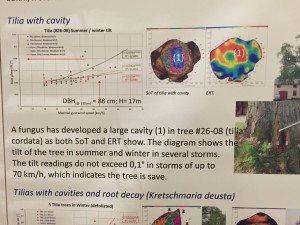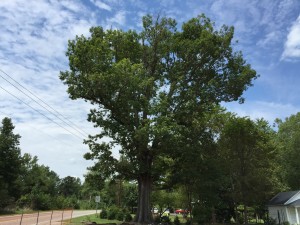Trees condemned due to assumptions. Would proper pruning ‘effectively kill’ them, per the A300 standard? Does a 5″ deep clay hardpan limit root growth? Look and see!
Category: Uncategorized
Surgery and Grafting to Improve Structure
Europe’s Fattest Oak
Maid Marion Rescued
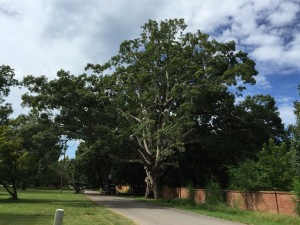
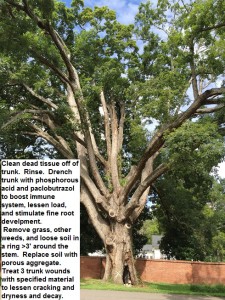
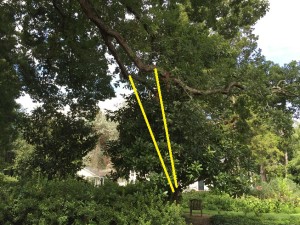
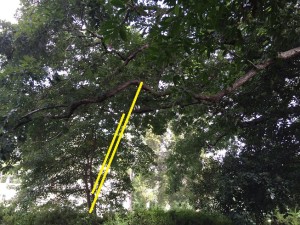
![]()
![]()

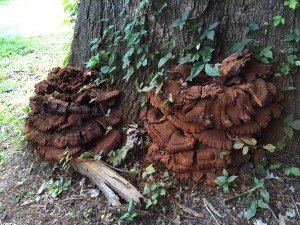
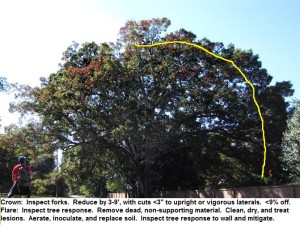
The Roundy Oak, by the corner store
The corner store is no more, but the oak will stay.
Roots follow the foundation, so demolition was cautious. Continue reading “The Roundy Oak, by the corner store”
ISA Conference 2015
Sinister Symbiosis: Like a Moth to a…Tavern!
A small brown moth was seen feeding at this site, so no surprise to see carpenter worms active in these oaks. The pic on page 36 is not the best but there’s no doubt these larvae are prodigious tunnelers! Biennial life cycle; they chew for 22 months and fly around (laying eggs while they feed) for just 2 months.
[pdf-embedder url=”https://historictreecare.com/wp-content/uploads/2015/02/Ooze-in-the-News-from-TCI-Magazine-09-041.pdf”]
Paying for Careless Tree Removal
This tree had small infections that were structurally insignificant. The diagnosis was ‘growing decline’, but there was no documentation to support this opinion, or the recommendation to remove the tree. Was this assessment compliant with industry standards?
It was far from the power lines, yet the power company targeted it for removal.
Ownership was never verified, yet the crew cut it down. Is it time for a consulting arborist to appraise the loss of benefits from the taking of this private property?
http://abc11.com/news/familys-100-year-old-oak-cut-down-by-power-company-/889572/
Veteran Tree Retrenchment and Added Wounds for Habitat
Retrenchment for Habitat Fay 1507 Where increasing habitat for saproxylic insects is the objective, additional wounding is specified. See slides 10-11 of this excellent work by Luke Fay of Treework Environmental Practice, UK, as publicly presented to the Parliament of Europe.
“Environmental” practice in parts of the UK puts a priority on producing and promoting places for microorganisms found in old pollarded trees. If the overriding objectives instead are regenerating a more sustainable structure, cuts would be kept small, with more living, dynamic mass conserved.
Despite traditionalist efforts in the US to confuse the subject, and discredit retrenchment pruning, it does NOT involve extra wounding that is not specified. It’s all in the objective. For structure, reduction pruning with small cuts is identified by the German translation: Regenerative Pruning.
Our approach, backed up with 45 references cited or quoted, and documentation from 28 different trees, is https://meeting.psu.edu/p94y60hp9zi/
O and…how can we get the US Congress interested in tree care?
